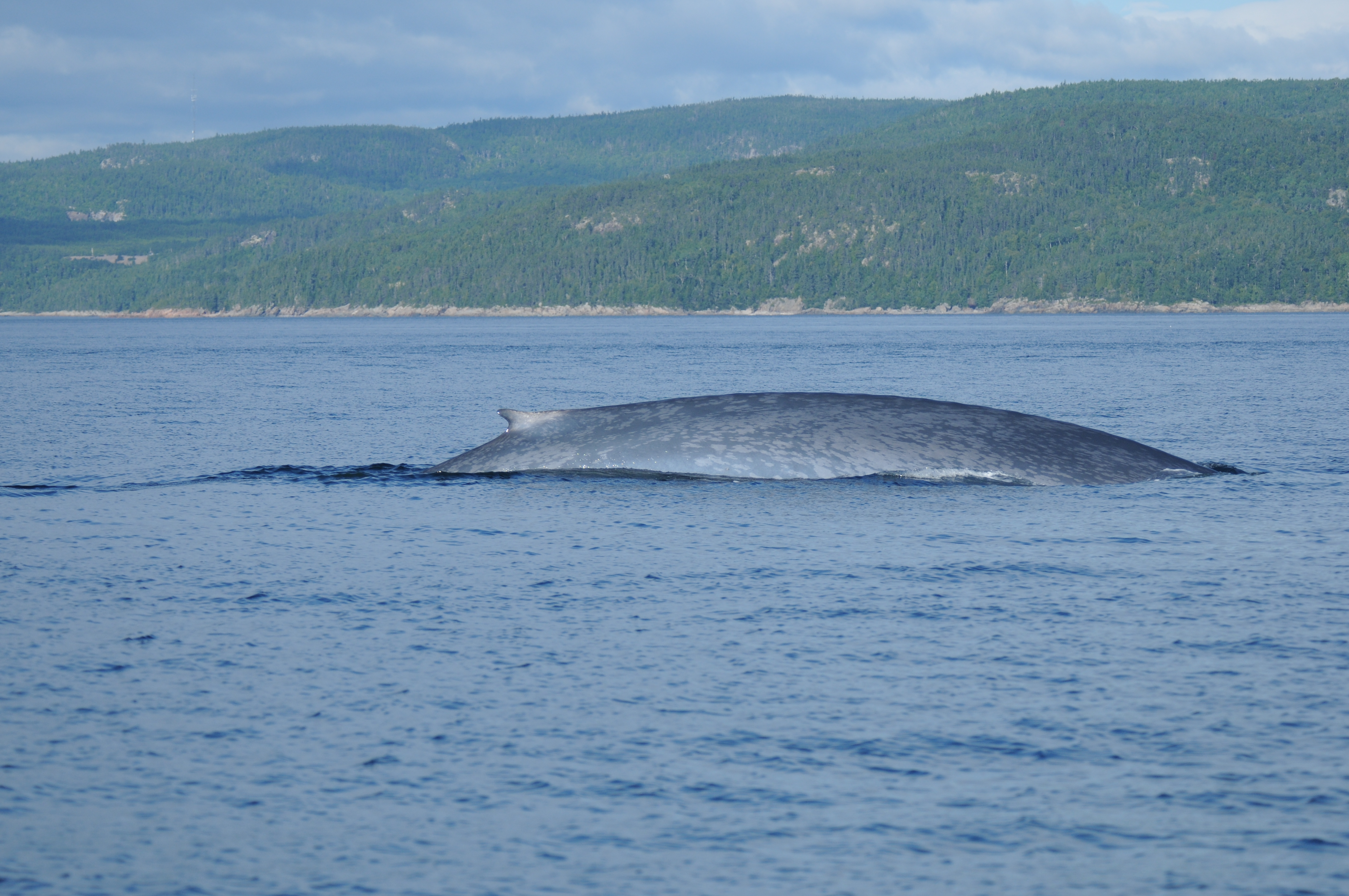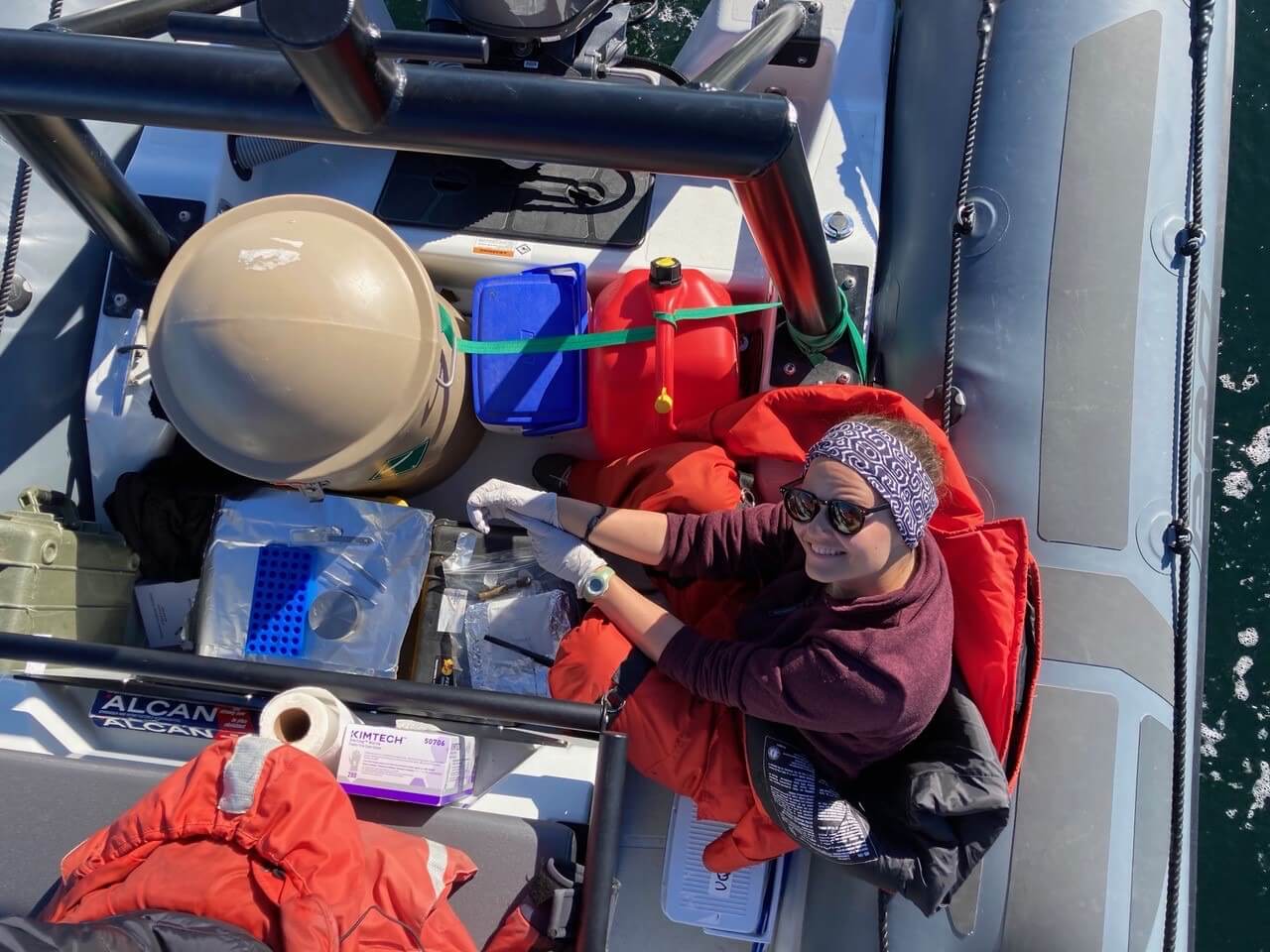Thirty hours: that’s all it takes for harbour porpoises to develop their hearing to the same level as adults. In humans, children can already hear in the uterus, but it takes years for them to fine-tune their hearing. The harbour porpoise is therefore believed to develop its ability to perceive sounds more quickly than any other mammal, according to the study published in the Journal of Comparative Physiology A.
Two newborns less than three days old and three adults were studied in the pools of the Fjord&Baelt research centre in Denmark. Using two electrodes placed on the porpoises, one just behind the blowhole and the other in front of the dorsal fin, researchers compared the auditory response of the brainstem to auditory stimuli. The sounds sent by hydrophones consisted of clicks with a frequency centred at 130 kHz. By analyzing the data, the researchers could not detect any major differences between the auditory response of the brainstem between the newborns and the adults.
“Such information is crucial both for understanding the sensory development of newborn toothed whales shaped by evolution (Lyamin et al. 2005), as well as for designing efficient protection mechanisms and legislations for species prone to disturbances by anthropogenic noise,” conclude Magnus Wahlberg and Lara Delgado-García of the University of Southern Denmark (Syddansk Universitet) and Jakob Højer Kristensen, the three authors of the study.
As in all toothed whales, hearing in harbour porpoises is the most developed sense, as sounds are used for communication and echolocation.
Since sound travels faster and farther in water than in air, the ocean is an extremely noisy environment in which shipping, drilling and communications of various marine species coexist. With the rising number of port developments and increasing shipping traffic, the study opens up new avenues of protection for this animal whose status is considered “of special concern” by the Committee on the Status of Endangered Wildlife in Canada (COSEWIC).
In belugas, it is known that newborns begin to emit sounds just a few hours after they are born. However, it is unclear how well the calf can perceive and recognize sounds. Currently, the GREMM and Valeria Vergara of the Vancouver Aquarium are studying communication between beluga mothers and their calves. Could the increase in mortality of newborns and females after birth be partially explained by higher noise levels in the St. Lawrence River? Researchers are investigating this issue in an ongoing study on contact calls.





